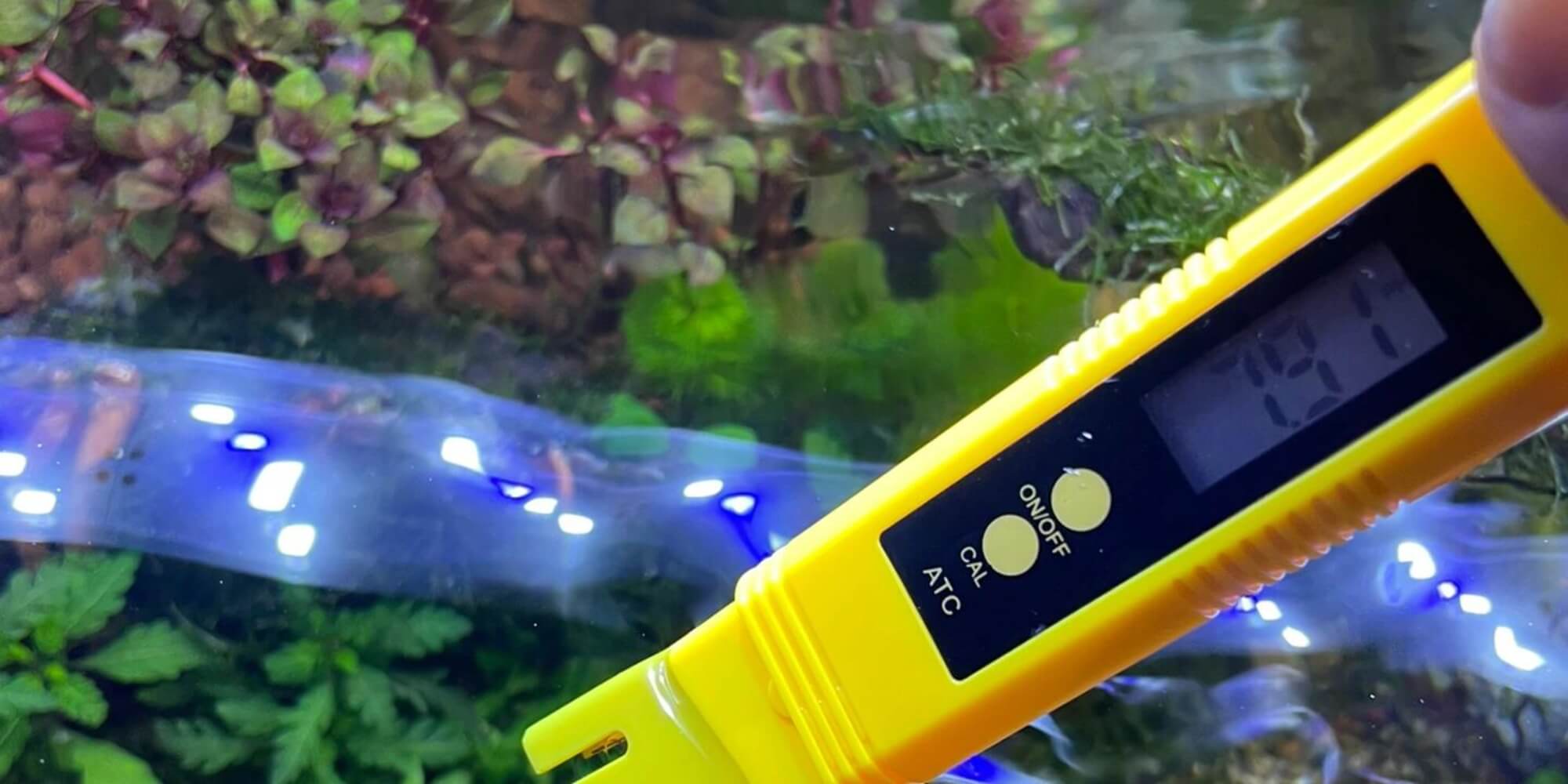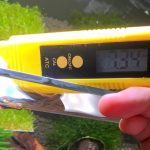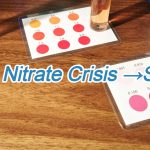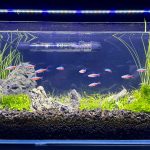Hey there, fish lovers!
If you’ve noticed your aquarium’s pH level dropping (maybe your fish seem stressed or your water tests keep showing acidic results), don’t panic. Raising pH in a fish tank isn’t as complicated as it sounds—but doing it safely is key.
In this guide, I’ll walk you through five easy, fish-friendly methods to boost your aquarium’s pH without risking your underwater buddies. Let’s dive in!
Why pH Matters (And How to Test It)
First things first: pH measures how acidic or basic your water is, and fish hate sudden changes.
Most tropical fish thrive in a pH of 6.5–7.5, but if yours has dipped too low (say, below 6.0), here’s how to check:
- Grab a test kit: Strips or liquid kits (like API Freshwater Master Test Kit) work best.
- Test regularly: pH can shift due to fish waste, tap water changes, or decorations like driftwood.
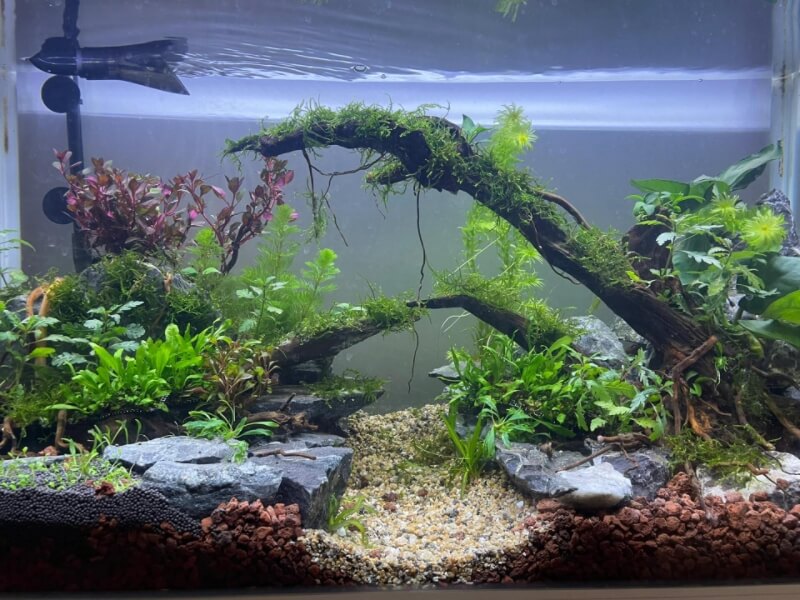
5 Safe Ways to Raise pH in Your Aquarium
1. Add Crushed Coral or Limestone
- How it works: These slowly release minerals (like calcium) that naturally boost pH.
- What to do:
- Rinse ½ cup of crushed coral or limestone.
- Place it in your filter or sprinkle it over the substrate.
- Check pH weekly—it’ll rise gradually, which is safer for fish!
2. Use Baking Soda—Carefully!
Warning: This is a quick fix, not a long-term solution. Never use baking soda with shrimp or sensitive fish!
- Dosage: Mix 1 teaspoon of baking soda into 5 gallons of water.
- Test immediately: Wait 1 hour, retest pH, and repeat only if needed.
3. Swap Out Driftwood or Peat Moss
Love the look of driftwood? Sadly, it can leach tannins that lower pH. If your pH is too low:
- Remove driftwood/peat moss.
- Do a partial water change (25%) with pH-balanced water.
4. Try a pH-Boosting Substrate
Products like CaribSea Aragonite Sand or Crushed Oyster Shells work wonders for gradual pH adjustment. Just replace your gravel with these—they’ll do the work passively.
5. Change Your Water Source
Tap water pH varies by location. If yours is naturally soft/acidic:
- Mix in a bit of hard water (if available).
- Or use a water conditioner like Seachem Alkaline Buffer (follow label instructions!).
Key Points at a Glance
| Method | What to Do | Important Notes |
|---|---|---|
| 1. Crushed Coral/Limestone | Rinse ½ cup, add to filter/substrate. | Raises pH slowly (1-2 weeks). Safe for fish. Also boosts KH (stability). |
| 2. Baking Soda | Mix 1 tsp per 5 gallons. Retest after 1 hour. | Quick fix only. Avoid with shrimp/sensitive fish. Never overdose! |
| 3. Remove Driftwood/Peat | Take out decor, do a 25% water change with pH-balanced water. | Driftwood releases tannins (lowers pH). Replace with inert decor like rocks. |
| 4. pH-Boosting Substrate | Replace gravel with CaribSea Aragonite Sand or crushed oyster shells. | Works passively. Ideal for long-term maintenance. |
| 5. Adjust Water Source | Mix hard water with tap water or use Seachem Alkaline Buffer conditioner. | Test tap water first. Avoid sudden pH swings by blending gradually. |
Mistakes to Avoid
- Don’t rush it: Fish can’t handle fast pH swings. Aim to raise pH by no more than 0.2 units per day.
- Don’t ignore KH (Carbonate Hardness): Low KH = unstable pH. Test it! Adding crushed coral boosts both KH and pH.
- Don’t forget to retest: Even “safe” methods need monitoring.
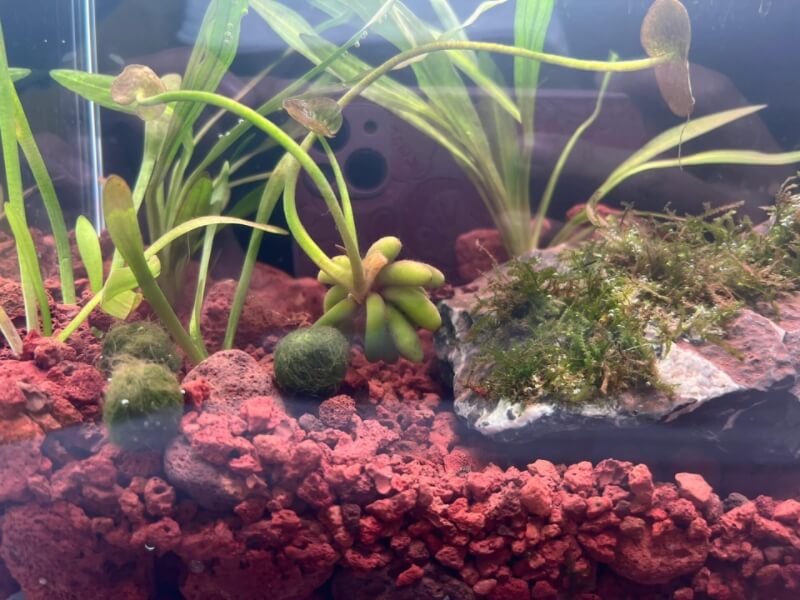
FAQs
Q: Can I use lemon juice or vinegar to adjust pH?
A: No! These lower pH (make water acidic). We’re trying to raise it!
Q: How long does it take to raise pH?
A: With coral/limestone: 1–2 weeks. Baking soda: Instantly (but use sparingly).
Q: Will high pH hurt my fish?
A: If done slowly, most fish adapt. But research your species—some (like tetras) prefer acidic water.
Wrapping Up
Raising pH doesn’t have to mean chemistry class-level stress. Stick to slow, natural methods like crushed coral or substrate changes, test often, and your fish will thank you! Got questions or a pH horror story? Drop a comment below—let’s chat!
Need more fish tank tips? Check out these guides:
→ Nitrate Reduction in Fish Tanks: How to Lower Levels Without Water Changes
Tired of constant water changes? Learn clever ways to control nitrates and keep your tank cleaner longer.
→ 10 Best Fish for Beginners: Easy-Care Species
New to fishkeeping? Start here! Discover hardy, low-maintenance fish perfect for your first aquarium.
Home Aquarist | Community Educator
Fishkeeping isn’t a luxury, but nature’s therapy accessible to everyone.

